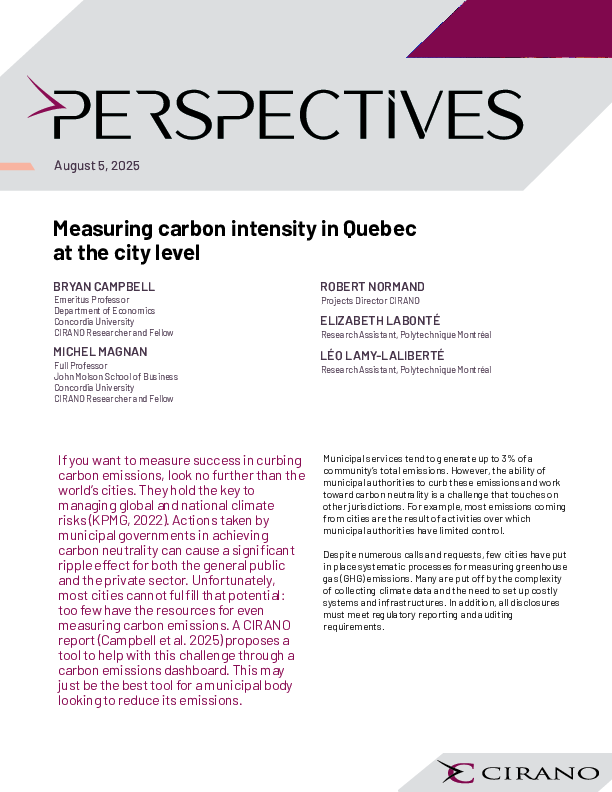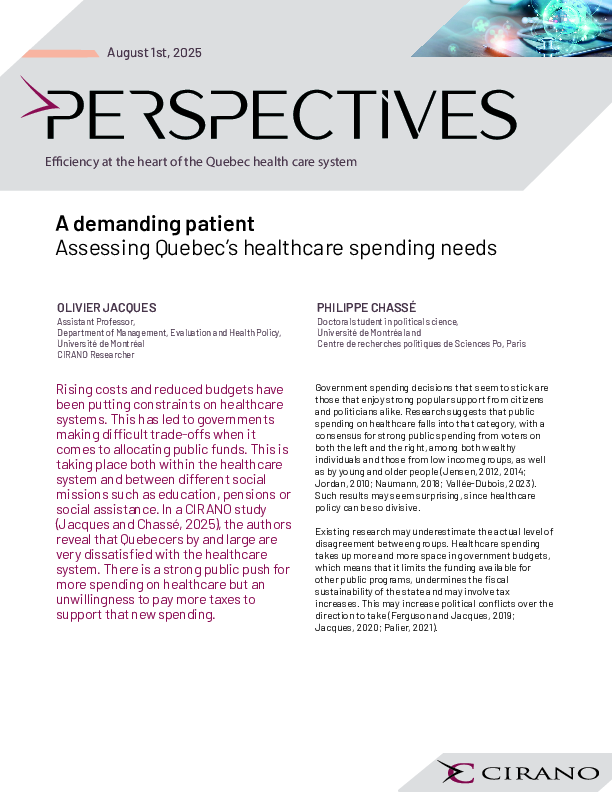News Arrival, Jump Dynamics and Volatility Components for Individual Stock Returns
This paper models different components of the return distribution which are assumed to be directed by a latent news process. The conditional variance of returns is a combination of jumps and smoothly changing components. This mixture captures occasional large changes in price, due to the impact of news innovations such as earnings surprises, as well as smoother changes in prices which can result from liquidity trading or strategic trading as information disseminates. Unlike typical SV-jump models, previous realizations of both jump and normal innovations can feedback asymmetrically into expected volatility. This is a new source of asymmetry (in addition to good versus bad news) that improves forecasts of volatility particularly after large moves such as the '87 crash. A heterogeneous Poisson process governs the likelihood of jumps and is summarized by a time varying conditional intensity parameter. The model is applied to returns from individual companies and three indices. We provide empirical evidence of the impact and feedback effects of jump versus normal return innovations, contemporaneous and lagged leverage effects, the time-series dynamics of jump clustering, and the importance of modeling the dynamics of jumps around high volatility episodes.
[ - ]




